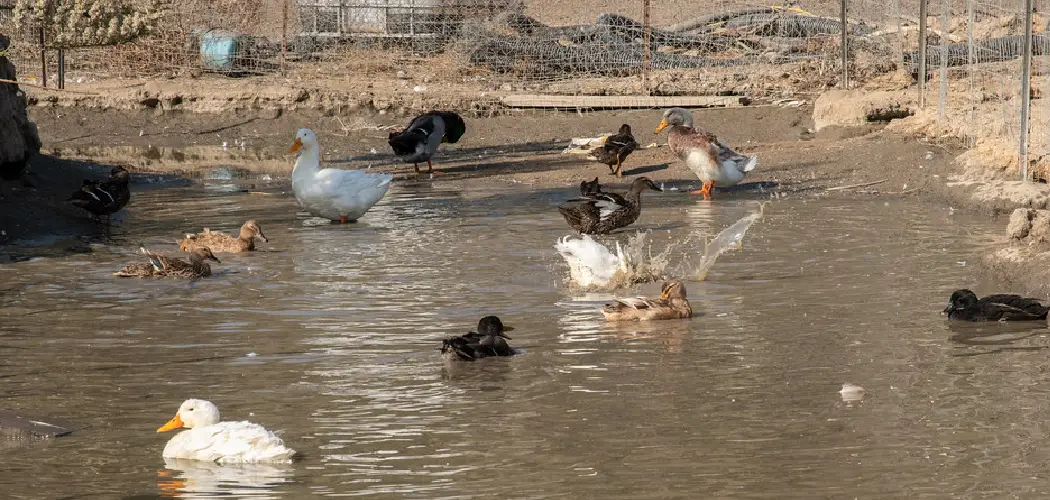If you’ve ever dreamed of having the soothing sound of a duck pond in your own backyard, now is your chance! With some creativity and determination, it’s easier than ever to have ducks paddling around in their very own watery haven right outside your home.

In this blog post, we will break down how to make a duck pond in your backyard in order to make it a safe and inviting duck pond. From choosing the right materials for the bottom of your pool to learning how to care for the ducks themselves, we’ll provide all the information you need to become an expert on building and caring for ponds specifically designed with our feathery friends in mind. Let’s get started – after all, before too long, you’ll be able to tiptoe through a lily pad-filled paradise just steps away from your back door!
Sizes of Different Duck Pond
There are different sizes of duck ponds you can create in your backyard. How big of a pond you build will depend on how many ducks and other animals you plan to have to live in your duck pond. Smaller ponds are fine for one to two ducks, while larger ones may be needed if you wish to have several ducks or other aquatic creatures, such as koi fish or turtles. It’s important to note that you should build your pond at least 4 feet deep, as ducks like to dive down and explore the depths of their pond.
Materials Needed for Duck Pond
When it comes to building a duck pond, there are several materials you will need in order to create the perfect setting for your feathered friends. You will need:
- A liner or pond shell should be made of either rubber or plastic.
- A filter system, which can be a basic skimmer or a more complex setup if you wish to have several ducks in your pond.
- A pump and waterfall kit, which will help keep the water circulating and clean.
- rocks, gravel, and sand for the bottom of the pond. These items should be chosen specifically for ponds, as they are designed to keep the water clean and will also help keep your ducks safe from predators.
- Carefully selected aquatic plants, which provide shelter and food for the ducks while helping to maintain a balanced ecosystem in the pond.
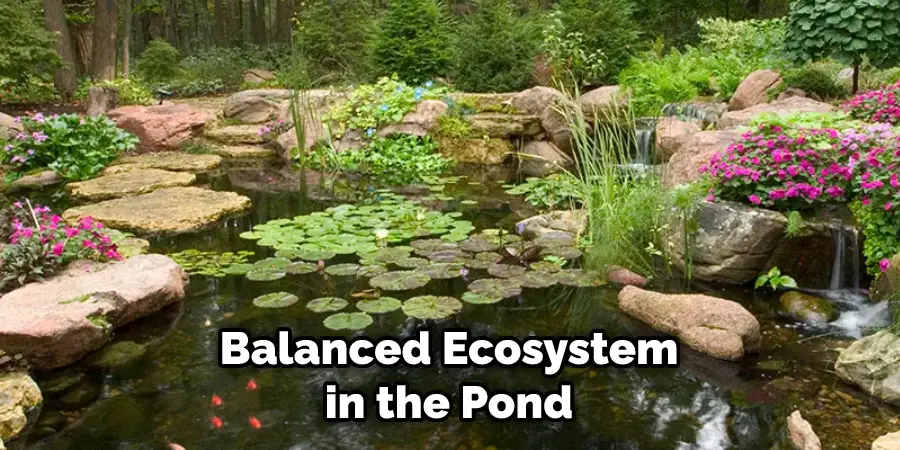
With all the materials in hand, now let’s get started.
10 Steps on How to Make a Duck Pond in Your Backyard
Step 1: Choosing a Spot
Choose a spot in your backyard that will be the best place to build your duck pond. It should be in an area that gets plenty of sunshine and is far away from any trees or other sources of potential predators. Keep in mind the size and depth of the pond when selecting your spot.
Step 2: Prepping Your Site
Clear any debris from the area and dig a hole that is larger than the pond liner you plan to use. Make sure to avoid trees and other structures as much as possible, as these can cause problems with water drainage. It is an essential step in how to make a duck pond.
Step 3: Laying the Foundation
Secure your pond liner in place and fill it with water, making sure that all areas are filled evenly. Then stack stones or rocks around the edges of the pond to create a natural-looking edge. If you plan on adding plants, you may want to add a layer of soil at the bottom of the pond and then place your plants on top.
Step 4: Adding Accessories
Now that you have laid the foundation, it’s time to decide what kind of accessories you would like to put in your duck pond. If you plan on keeping ducks, make sure there is some type of shelter for them, such as a floating platform or an upturned umbrella. You can also add other decorations like rocks, aquatic plants, and water lilies to give your pond a more beautiful look.
Step 5: Setting Up the Filtration System
The filtration system is an important part of how to make a duck Pond in your backyard. The filter will help keep the water clean and clear, as well as provide oxygen for the ducks. Choose a filtration system that is appropriate for your pond size and type.
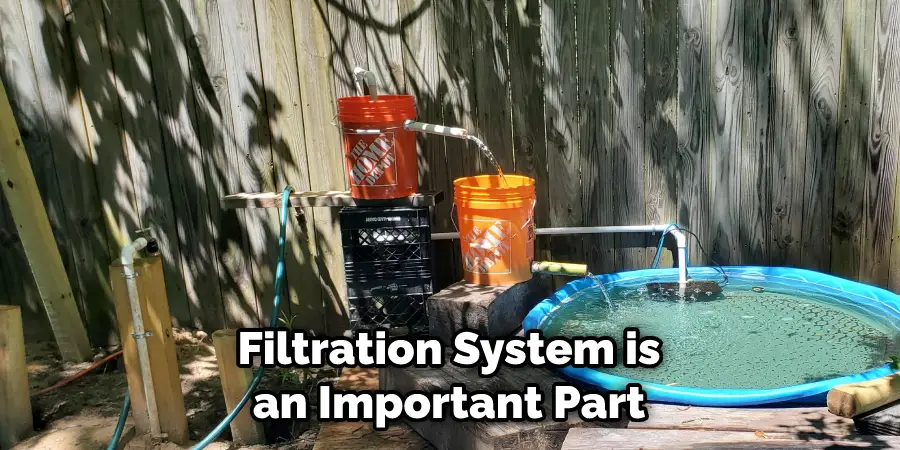
Step 6: Installing a Pump
A pump helps to circulate the water and keep it fresh by introducing oxygen into the pond. Make sure to choose a pump size that is appropriate for your pond. Choosing the right pump size is key in the process.
Step 7: Adding Pond Plants
Adding aquatic plants to your duck pond will help provide food and shelter for the ducks, as well as add beauty to the pond. Choose native water plants that are suitable for the environment where you live. Don’t overcrowd your pond; leave plenty of open space for the ducks to swim.
Step 8: Adding Ducks or Other Water Animals
Now that you have your pond ready, it’s time to add some ducks or other water animals. If you are planning on keeping ducks, make sure to buy them from a reputable source and ensure they are healthy. Once you have acquired your ducks, let them acclimate to their new home before introducing any other animals.
Step 9: Maintaining Your Pond
Once you have finished How to Make a Duck Pond in Your Muddy Backyard, it is important to maintain the pond on a regular basis. Check the water levels and clear out debris from time to time. If you plan on keeping ducks, make sure to provide them with proper nutrition and veterinary care as needed.
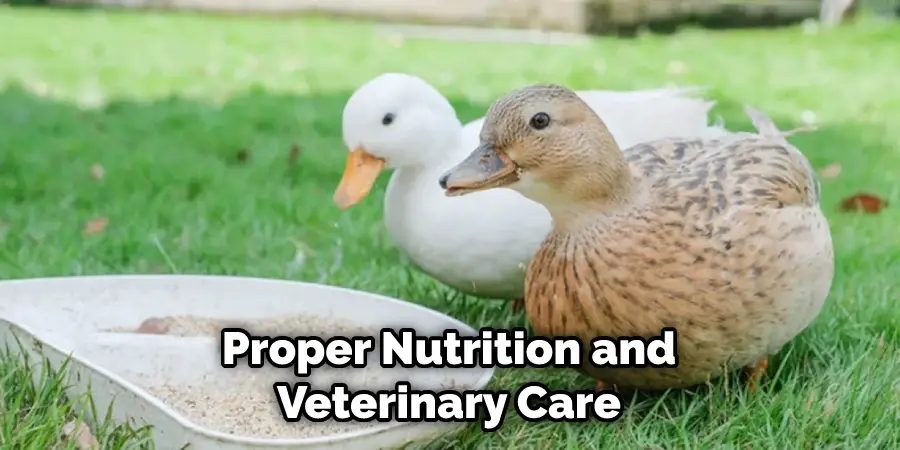
Step 10: Enjoy Your Pond!
Now that you have finished How to Make a Duck Pond in Your Backyard, it’s time to sit back and relax! Enjoy the beauty of nature that your pond brings, and watch as your ducks swim and play in their new home. With the proper maintenance, you will be able to enjoy your duck pond for years to come.
10 Safety Precautions to Take
- Check the pond before you allow children near it, and make sure there are no dangerous objects lurking in the water. Otherwise, they could get injured.
- Make sure you have a protective layer of netting over the pond to keep out predators, such as cats and birds. Smaller animals can also be a danger to your ducks, so make sure you protect them.
- Keep any chemicals, such as cleaners and fertilizers, away from the water, as this can be dangerous for both the plants and animals in the pond. Fertilizers will also cause algae to bloom, which can be hazardous for aquatic life.
- Inspect the pond on a regular basis for any wear and tear, such as cracks or holes in the liner, which can lead to leakage. It is important to fix these issues as soon as possible to prevent any water loss.
- Wear protective clothing when cleaning or maintaining the pond, such as rubber gloves and boots. This will help protect you from any bacteria or other harmful substances that may be present.
- Make sure your ducks have access to clean food and fresh water at all times and provide them with a clean and safe environment.
- Supervise children when they are near the pond, as this will help ensure their safety. Keep in mind that ducks may bite or scratch if they feel threatened.
- Make sure to dispose of fish and animal waste away from the pond, as this can be hazardous to the water quality. Water quality is important to maintain a healthy duck pond.
- Learn how to properly care for your ducks in case of any health issues or emergencies. Make sure you have access to the right resources and medicines in case of an emergency situation.
- Stay up-to-date on any local regulations or restrictions that may apply when owning a duck pond. These regulations are in place to protect the environment and keep everyone safe.
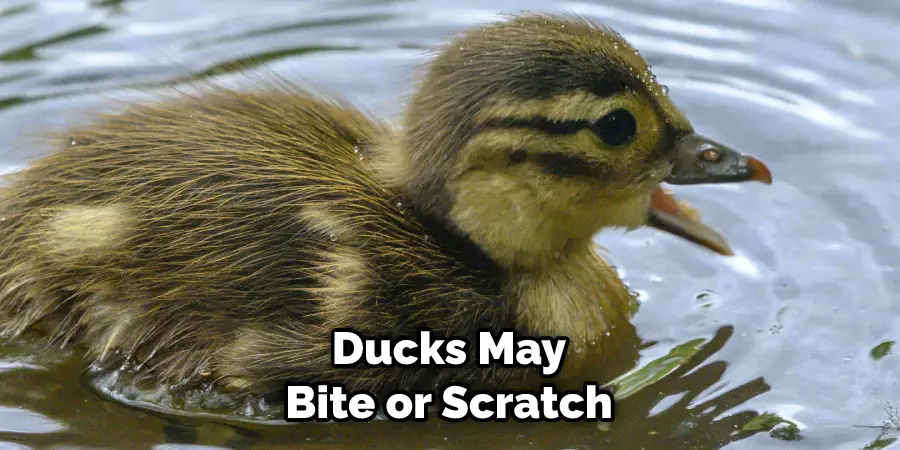
Following these steps will help you make sure How to Make a Duck Pond in Your Backyard is successful and enjoyable. With proper maintenance, your pond can stay healthy and beautiful for years to come!
Conclusion
Taking the time to build a duck pond in your backyard is an incredibly rewarding experience. Not only will you get to enjoy watching the ducks swim around, but you’ll also take comfort in knowing that you’ve made their home safe and cozy.
Having a duck pond adds an extra layer of beauty and serenity to any outdoor space, making it the perfect addition for anyone looking to stimulate their senses.
While there are many small details that go into planning, constructing, and maintaining a successful duck pond, following these essential steps on how to make a duck pond in your backyard will ensure that everything runs smoothly. No matter what else comes your way, don’t forget the most important thing—have fun with it!
Whether you choose to build a small or large duck pond for your backyard paradise, having one is sure to bring countless hours of joy and delight.
You Can Check It Out to Install Playground Mulch
About
Outdoor Fixes is a distinguished figure in the world of Diy design, with a decade of expertise creating innovative and sustainable Diy solutions.
His professional focus lies in merging traditional craftsmanship with modern manufacturing techniques,
fostering designs that are both practical and environmentally conscious. As the author of diy,
outdoorfixes delves into the art and science of outdoorfixes-making, inspiring artisans and industry professionals alike.
Education RMIT University
(Melbourne, Australia) Associate Degree in Design (Outdoor Fixes) Focus on sustainable design, industry-driven projects,
and practical craftsmanship. Gained hands-on experience with traditional and digital manufacturing tools, such as CAD and CNC software.
Nottingham Trent University
(United Kingdom) Bachelor’s in outdoorfixes.com and Product Design (Honors) Specialized in product design with a focus on blending creativity with production
techniques. Participated in industry projects, working with companies like John Lewis and Vitsoe to gain real-world insights.
Publications and Impact
In diy, Outdoor Fixes his insights on indoor design processes, materials, and strategies for efficient production.
His writing bridges the gap between artisan knowledge and modern industry needs, making it a must-read for both budding designers and seasoned professionals.

